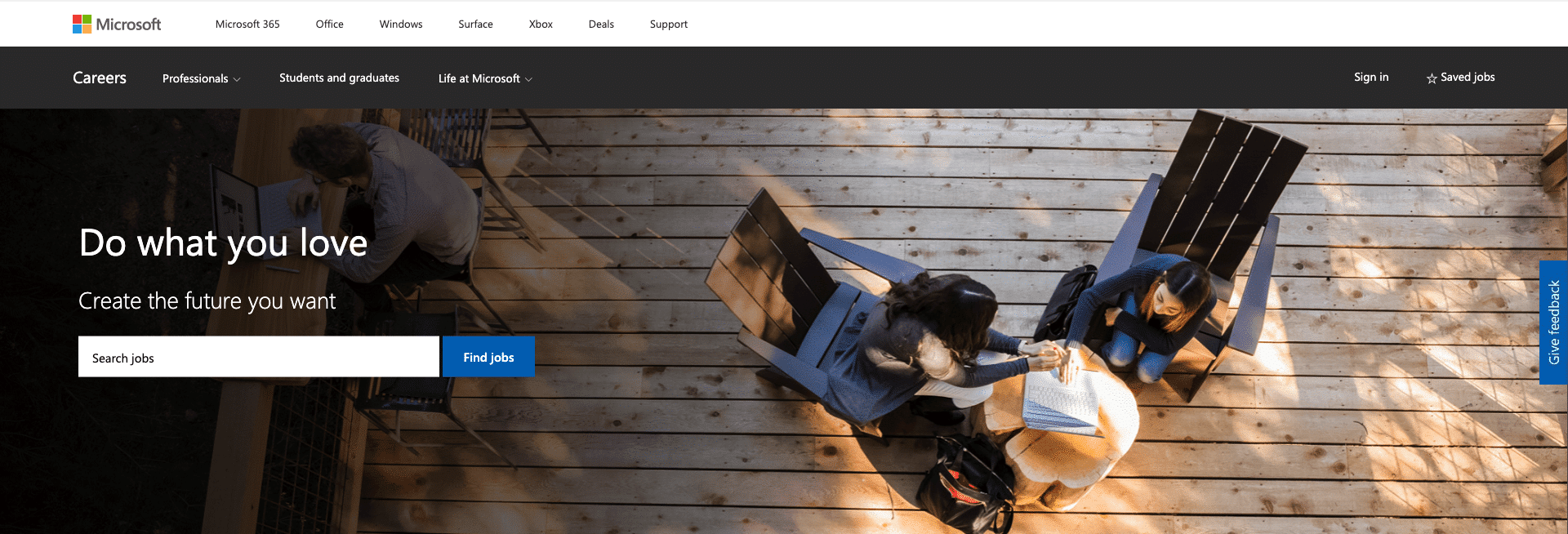Female Employer Branding: 5 key questions for recruiting women
Earlier this year, I gave a presentation on “Visual Storytelling in Gender Contrast” for the Competence Center Women and Work, in which I presented the results of our Storytelling Report regarding the visual representation of employees. For most of the participants, the analysis was a real eye-opener.

Visual storytelling in gender contrast
Background: We examined the DAX 30 for the first time in 2019 with regard to employer branding storytelling.
What particularly struck us at the time when we looked at the career pages was that women seemed to be portrayed mostly young, smiling, and rarely in high positions. While older men explained, one saw a conspicuously large number of women on the topic of work-life balance. In order to take an objective look at this gender distribution and, in particular, the image of women on career pages, we then analyzed in the Visual Storytelling Report how the 30 leading DAX companies depict employees on their job pages. The results clearly showed us why such analyses are (unfortunately) still necessary.Authentic Female Employer Branding
So how do companies inspire today’s female applicants? What benefits do they use to convince female candidates to apply? And how do they use the power of stories to win women over to their ideas, values and vision?
The career pages of many companies are full of employee stories and happy teams are smiling at potential applicants everywhere. They should be able to identify with the stories in order to gain an authentic image of the employer. However, whether women really find themselves on the career pages depends on various components.
But one thing is clear about female employer branding: whether, how and which women are shown should not be a coincidence, but a conscious decision.
So what points do companies need to pay attention to when portraying future female employees? These 5 questions help to implement female employer branding with storytelling:
5 questions for female employer branding
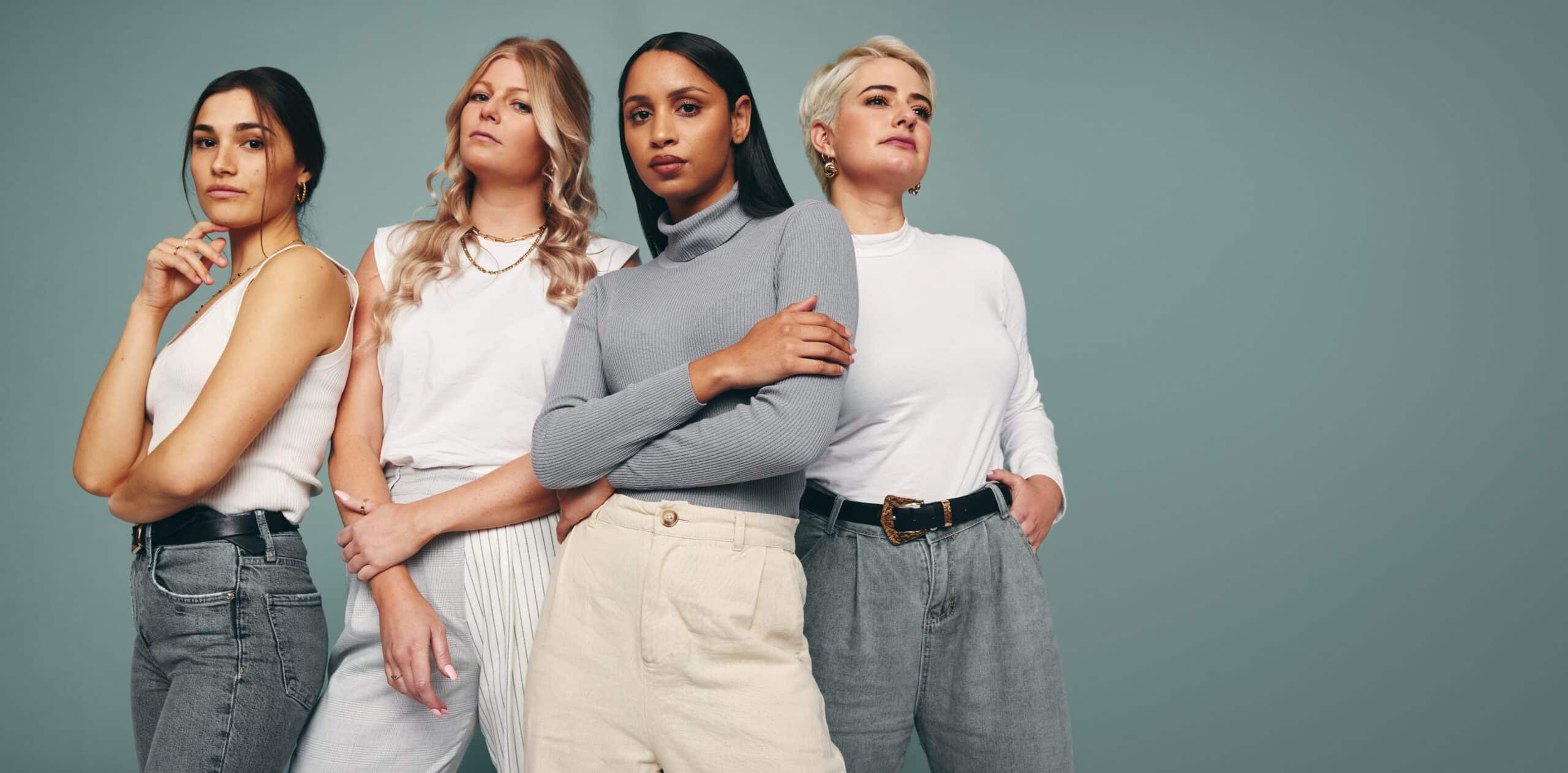
1. Why should women want to work for us?
If you want to turn your team into real fans and attract really interesting applicants, you should avoid empty advertising slogans and fake models in glossy colors. On their job pages, employers are better off telling their story, their values, their vision and, above all, the people behind it all. This all serves to highlight the “why” addressed to job seekers.
Microsoft – „Do what you love“
A nice example of how the vision is prominently integrated on the career site comes from Microsoft. With the claim “Do what you love,” the technology company welcomes its visitors to its career site. In addition to the job advertisements, this page also bundles a wide variety of topics that provide a comprehensive insight into the company: from benefits to corporate culture to cultural diversity.
Find out how Microsoft used storytelling to usher in a new era of corporate communications and become a pioneer in brand storytelling in our Storytelling Close-Up.
2. What values are important to women and what do we stand for?
More and more frequently, we see campaigns or read articles by and about companies and their values. What they stand for, what they stand up for, and what is close to their hearts in everyday life. That doesn’t just come from anywhere.
The desire of many employees to find a job that also represents their ideals is constantly growing.
Women want to work for companies with which they can identify and where they can pursue and implement their private views in their professional lives in the same way.
Dell – Female Leadership
Employee stories are one of the most powerful tools for successful employer branding. Who else could represent the company and its culture better than satisfied colleagues? Thanks to good stories and campaigns, technology giant Dell seems like a pretty cool employer overall. And in its videos, it also positions itself on the topic of female leadership, in which – of course – female employees have their say. In addition to the many advantages of working there, so many other important values resonate, such as diversity, work-life balance, tolerance, empowerment, and internationality.3. How does my company position itself with regard to women’s issues?
Another question that companies should ask themselves when it comes to reaching women as potential employees: How do we stand out from other companies in terms of important women-specific concerns and communicate this unique selling point to the outside world? Are there tandem jobs for female managers, mentor:ing programs for the careers of female managers, or the possibility of starting an apprenticeship part-time even as a mother? All of this can be communicated wonderfully through stories.
TÜV Online – My wife
A much-discussed and hotly debated topic of late is the gender gap in corporate management. TÜV has taken an unambiguous stance on this issue, but takes a very humorous approach to the discussion. The corresponding recruiting video shows a typical comparison of the lengths of men in the locker room – but in a different way than we would expect.
4. How do we visually represent women in our recruiting communications?
When it comes to visual storytelling, organizations should, on the one hand, make sure to depict the actual reality of life and the workforce. On the other hand, they should also use photos of people they would like to see in the company in the future.
After all, it is the images that serve as the first projection surface for potential applicants.
They not only unconsciously give the viewer an idea of how and which trainees work in the company or which characteristics managers should have there. They also show young women, for example, what career path seems destined for them, and people from other countries what opportunities might be available to them in the company.
Schneider Electric – Full in mode
“What mode are you in?” – is the opening question on Schneider Electric’s careers page. With its current employer branding campaign, the French tech company wants to position itself as a trustworthy and promising employer, especially among students and young professionals.

The target group of early careers can choose from several options on the jobs page, such as “Boss Mode”, “Nerd Mode”, “Gaming Mode”, “Flex Mode”, “Green Mode”, etc. Depending on what the applicant:s choose, the content will adapt to the theme. Nerd Mode”, for example, is about the company’s high-tech expertise.
From a storytelling perspective in particular, the campaign’s approach via the interests of the talents was successful. In terms of appealing to a female target group, it is also positive that “nerd fashion” and “gaming fashion,” for example, were not depicted stereotypically and that young women can also find themselves there.
OTTO – ‘Techtimonials’
Technology is becoming increasingly important for Otto, which has been making the transition from retailer to platform for some time. But even more significant are the people who are driving this change. With a new recruiting campaign, the Hamburg-based company wants to find exactly these people. The focus is particularly on female tech talent. Background for the Female Employer Branding: Last year, Otto CIO Michael Müller-Wünsch announced his intention to fill at least 50 percent of tech positions with women in the future. (Source)
Read here how CIOs can use storytelling to bring about cultural change within an IT organization.
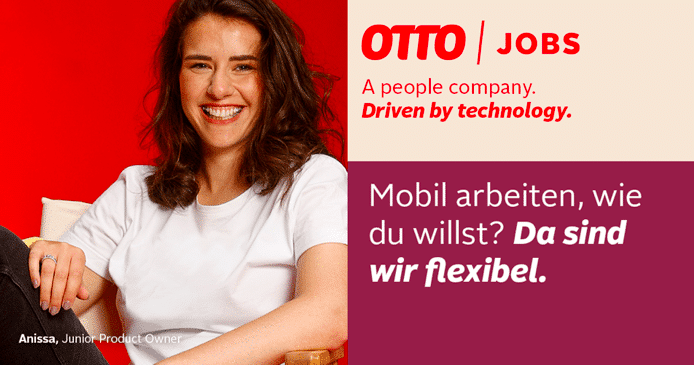
The advocates for working for the company are real Otto employees with the appropriate background. “Together with HR Marketing, we present our tech colleagues as ‘techimonials’, with authentic photos and clear statements,” explained Rodja Schmitz-Hübsch, Product Lead Marketing Communications, in a recent interview.
5. Does my company use gender-sensitive language?
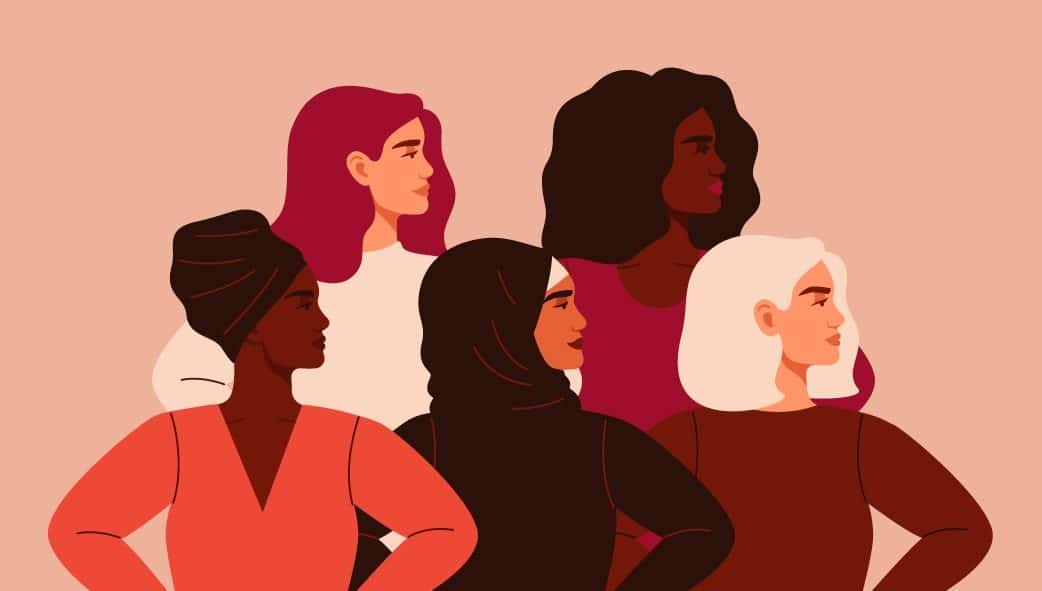
Those who do not want to exclude women when filling positions should therefore also choose inclusive language.
Here we explain why gender-sensitive language should also become the norm in companies.
DB – Female Employer

Deutsche Bahn’s Board of Management for Human Resources has also set itself the goal of making the Group an attractive employer and now calls itself employerIN in its external presentation. In this way, DB wants to attract women in particular, who are still underrepresented in the company at 23.3 percent. To this end, various female employees who already work in supposedly male professions, such as locomotive driver, mechatronics technician, maintenance worker or civil engineer, present themselves at events and via social media. (Source)
I think it’s a good push to use language and female role models to increase the number of women.
DB – Working as a train manager
And that’s not the only campaign Deutsche Bahn has launched to attract female IT specialists and engineers. A new career opportunity is the lateral entry as a train manager. While a longer format explains the job as a key role in DB’s long-distance trains, shorter videos attract attention and are used for immediate recruiting. In the process, the gender-specific approach is played with. But see for yourself:
A nice idea, in my opinion. The only criticism is the typical portrayal of the two sexes, which we already noticed in our Visual Storytelling Report in Gender Contrast. The majority of the female managers portrayed are younger than their male colleagues. Women are also shown younger on average in management positions, with just under 80 percent of them under the age of 35 in the depiction. In addition, a certain ideal of beauty plays a greater role in the portrayal of women than in the portrayal of men. Young, slim, athletic, white, without visible physical impairment are the common characteristics here, which are also reflected one-to-one in the rail commercial.
Show, tell and do: Taking women seriously as a target group and addressing them
One thing is certain – if you want to attract women as potential employees these days, you can’t avoid female employer branding. The first step is to analyze what women need in modern working life and to ask how these requirements can be visibly demonstrated on the career site in the form of the company’s vision and values. Last but not least, the representation of women visually and linguistically on the one hand, and through role models on the other, provides the decisive factors why female applicants can imagine their future there.
Share this article
Related articles
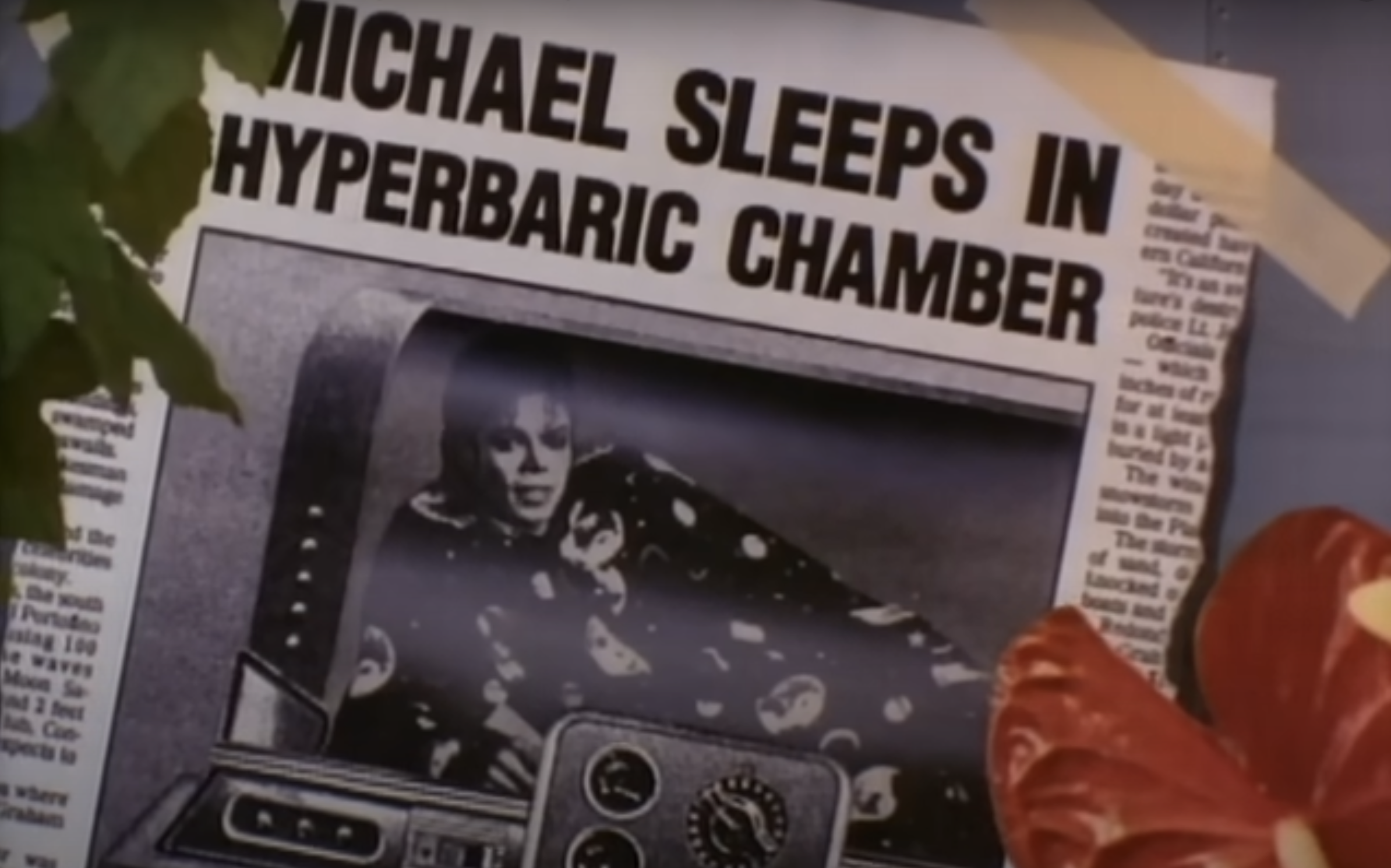
8 April 2025

